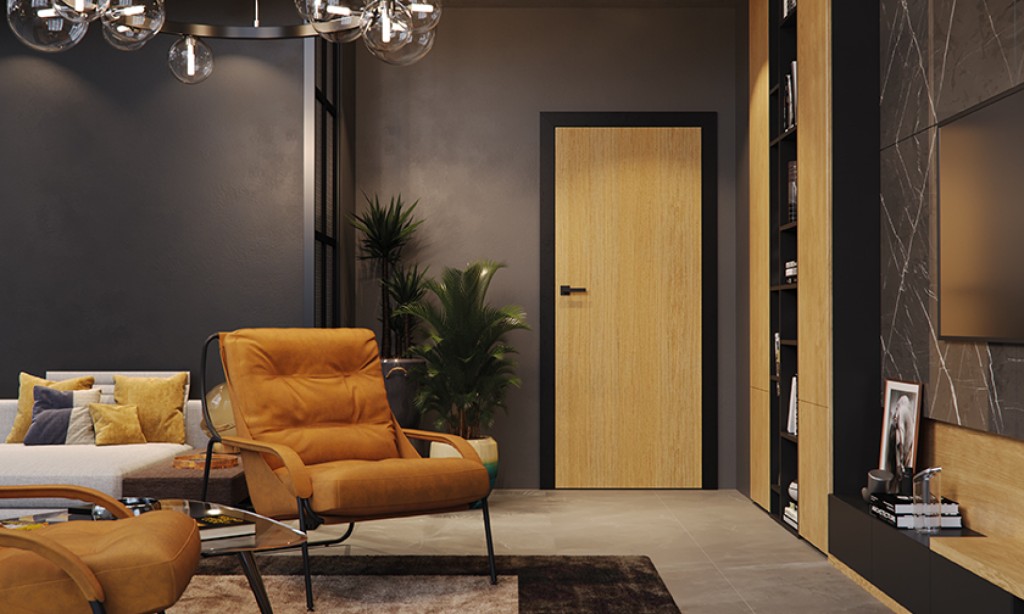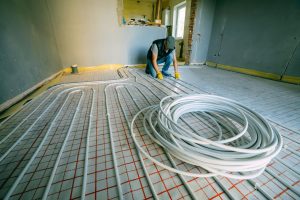
When it comes to design, it’s easy to spend hours on end perfecting the more obvious details, from the flow of light to the color of the vinyl carpet. Yet, one small functional necessity, like a floor access door, can disrupt it all.
Being a functional component, access points can be easy to forget when making aesthetic decisions until they become a visible eyesore.
Luckily, today’s floor access hatches have designs that blend aesthetics with function. Rather than trying to fix a visual flaw later, choose floor doors that fit right into existing flooring without interrupting the flow.
The secret lies in picking the right hatch and installing it with precision. Done properly, the access point will virtually disappear as though it were always a part of the existing floor space.
Choosing the Right Floor Door for a Flawless Finish
One of the most important considerations for floor doors is their load capacity. Load ratings determine how much weight a panel can safely support without bending or failing. The panel should be able to handle its intended traffic, such as foot and furniture traffic in residential interiors or vehicles in commercial settings.
After checking the load bearing, consider the material of the floor door. A recessed access panel, also called an infill tray, is a popular solution. These specialized panels can hold the same flooring material as the surrounding area, whether ceramic tile, hardwood, vinyl carpet, or concrete.
This creates a continuous surface where a fine, discreet seam is the only visible sign.
Aside from infill trays, another popular option for floor doors is the minimalistic type made from polished stainless steel or anodized aluminum. These designs are especially common in industrial and commercial settings, where durability and performance are key considerations alongside appearance.
Stainless steel and anodized aluminum floor doors are valued for their ability to withstand wear, corrosion, and heavy traffic. They perform well in demanding environments such as warehouses, public facilities, or retail spaces where both strength and reliability are essential.
At the same time, their sleek finishes contribute to a clean, modern look that blends with the overall flooring pattern, ensuring the access point remains discreet while still providing dependable entry to the space below.
Design Techniques To Maximize Integration
Though it may seem easy, making access doors and panels invisible can require several considerations, depending on the surrounding design. Here’s what to look for.
- A Flush Fit: A seamless panel sits level with the surrounding floor. This has two advantages: it creates a clean look and eliminates trip hazards.
- Concealed Hardware: The panel’s hardware should be out of sight. Think hidden hinges, spring-loaded or recessed locks, or magnetic latches that eliminate the need for bulky handles or visible keyholes. They all keep the design clean and uninterrupted.
- Matching Patterns: This is an important detail, especially for interior floor doors. For natural materials like wood or stone, ensure the grain or veining on the panel aligns perfectly with the surrounding floor. Ensure the grout lines continue across the panel without disruption on tiled surfaces.
Installation Considerations for a Perfect Fit
Even the best-designed panel can fail if it’s not installed well. This is where professional expertise becomes necessary. Some non-negotiables include:
- Taking precise measurements for a flush fit and seamless look.
- Ensuring the panel has a strong, stable support structure for long-term durability and safety.
- Specifying the need for integrated access panels early in the project to avoid costly issues later.
Practical Applications and Maintenance Tips
Seamless access panels are a versatile design solution for various projects. Some common use cases include:
- Providing hidden access to electrical wiring in commercial lobbies
- Creating extra storage rooms in homes and retail spaces
- Offering a way to service complex fountain systems or outdoor lighting in public spaces
- Providing access to crawl spaces, mechanical rooms, or utility shut-offs for maintenance.
Maintaining these panels is straightforward. Clean the seams of the panel to prevent debris buildup that could affect the fit. Also, check and lubricate the hinges and locks to ensure smooth operation for years.
Conclusion
Ultimately, creating a great design means paying attention to every detail. Choosing the right material, like an infill tray or durable metals, and checking its load capacity ensures the floor door is strong and beautiful.
With a flush design and perfect installation, the panel will blend into the flooring, proving that function and flawless aesthetics can go hand-in-hand.








